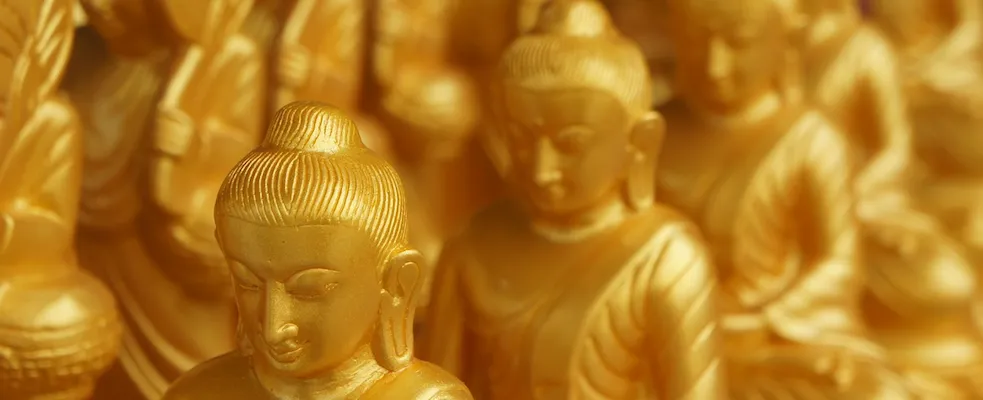Maslow and Buddhism
Wednesday June 01, 2016



I’ve been taking Robert Wright’s Cousera course, “Buddhism and Modern Psychology,” mostly because I didn’t know anything about either. As Coursera is great fodder for blog content, here’s my essay response to the question,
The Buddha offers a specific diagnosis of the suffering that is part of human existence. Explain the Buddha’s diagnosis.
The Buddha offers a specific diagnosis that human suffering is a part of human existence and is caused by a human attachment. This attachment, directed at impermanent states and things, becomes painful when the the state or thing is no longer there. This diagnosis of suffering and its cause is outlined in the first two of the Four Noble Truths, where the state of suffering is called dukkha. The cause of this suffering is the craving for things and their impermanence, called samudaya. This craving, or thirst, is driven by desire, but the desire returns after the goal has been met.
Together, these summarize the basic longing and human desires we all experience. Whether it is the next job, the next relationship, or simply the next cookie, we have a tendency to think the grass is always greener on the other side. However, the diagnosis and prescription places them in a different context to show that desire, regardless of whether that desire is ever met, is the source of our own individual discontentments. In this sense, dukkha and samudaya reflect the English aphorism that money cannot buy happiness as the joy from happiness is fleeting and replaced with desire for the next hit.
These views seem to accurately reflect life, though I think suffering is not the right word to describe the feeling and think unsatisfactoriness, or possibly unfulfillment, is a much closer explanation. I know, as I go through life, I often find things are unsatisfactory and seek out some change that will improve the situation, but usually find it was, at best, a short term fix. Before long, the change has undone or it was not sufficient to begin with. Or, in other words, it is a constant chase for fulfillment.
What strikes me about these is the overlap with Maslow’s Hierarchy of Needs. In the Hierarchy of Needs, Maslow first describes every person has having basic physiological needs, such as air, water, food, and sleep. Once those very basic needs are met, a next tier of safety must be met. The tiers continue through love, esteem, and end in self-actualization. Maslow finds that even after each tier’s goals have been met, we are left chasing the next level for fulfillment. After introducing the Hierarchy of Needs, though, Maslow eventually added a new top tier, of transcendence. Maslow’s work is a staple of management theory, but this search for needs echoes the concept of dukkha and the craving.
Image by Peggy_Marco / Pixabay.